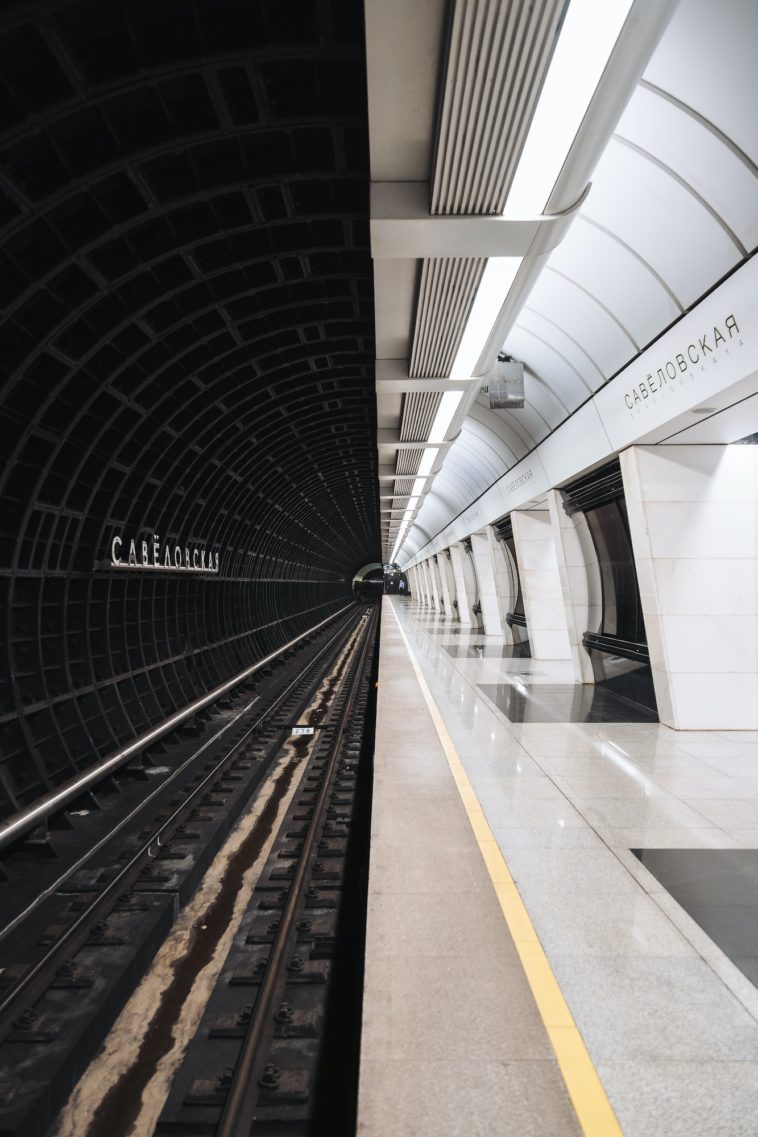The Moscow Metro, initially launched in the year 1935, serves as a comprehensive rapid transit system in the Russian capital city of Moscow and its neighboring towns situated in the Moscow Oblast, namely Krasnogorsk and Reutov. This network was groundbreaking as it marked the Soviet Union’s first foray into the development of an underground railway system. The available data, updated until 2013, indicates that the metro comprises 188 stations with an expansive route length of 312.9 kilometers. The system is predominantly situated underground, featuring Park Pobedy station as its deepest point at a depth of 84 meters.
Historical Context
Founding and Initial Years
In 1935, the Moscow Metro made its debut, becoming the first underground transit system in the Soviet Union. The inception featured a modest start with a single 11-kilometer line accompanied by 13 stations. Over subsequent years, this system underwent substantial expansions to become an integral part of Moscow’s public transportation.
Geographical Coverage
Beyond Moscow City Limits
The reach of the Moscow Metro extends beyond Moscow’s administrative borders. It serves not only the city but also neighboring towns such as Krasnogorsk and Reutov in the Moscow Oblast. This broader reach exemplifies the network’s integral role in regional transit.
Technical Aspects
Number of Stations and Total Route Length
As per the data from 2013, the Moscow Metro is home to 188 stations with an overall route distance of 312.9 kilometers. This extensive network places it among the world’s most widely utilized metro systems.
Technical Specifications Table
Number of Stations
- As of 2013: 188 stations
Route Length
- As of 2013: 312.9 kilometers
Deepest Station
- Park Pobedy at 84 meters underground
Architecture and Design
Predominantly Underground
A notable feature that sets the Moscow Metro apart is its primarily underground design. Among its various stations, Park Pobedy holds the distinction of being the deepest, situated 84 meters below the surface.
Utility and Significance
Role in Public Transportation
The metro system plays an indispensable role in the city’s public transport mechanism. By offering a fast, efficient means of moving around the city, it alleviates congestion on Moscow’s roads and bridges the transit gap for millions of daily commuters.
Ongoing and Future Developments
Modernization and Expansion
While the latest information is confined to the year 2013, it’s essential to note that the Moscow Metro is consistently undergoing advancements in both its reach and technology. New stations and routes are continually being added, signaling the network’s sustained growth and relevance.
Concluding Remarks
Summary and Final Thoughts
In summary, the Moscow Metro, initially launched in 1935, has grown exponentially to become one of the world’s most extensive metro systems. With 188 stations and 312.9 kilometers of routes as of 2013, it has become an essential component of Moscow’s public transit infrastructure. The metro system not only serves Moscow but also its neighboring towns in the Moscow Oblast, thus providing a comprehensive transportation solution for the region. Its underground architecture, highlighted by the 84-meter deep Park Pobedy station, adds to its unique features. As Moscow continues to grow, the metro system is slated for further expansion and modernization, aiming to meet the city’s ever-evolving transit demands.





